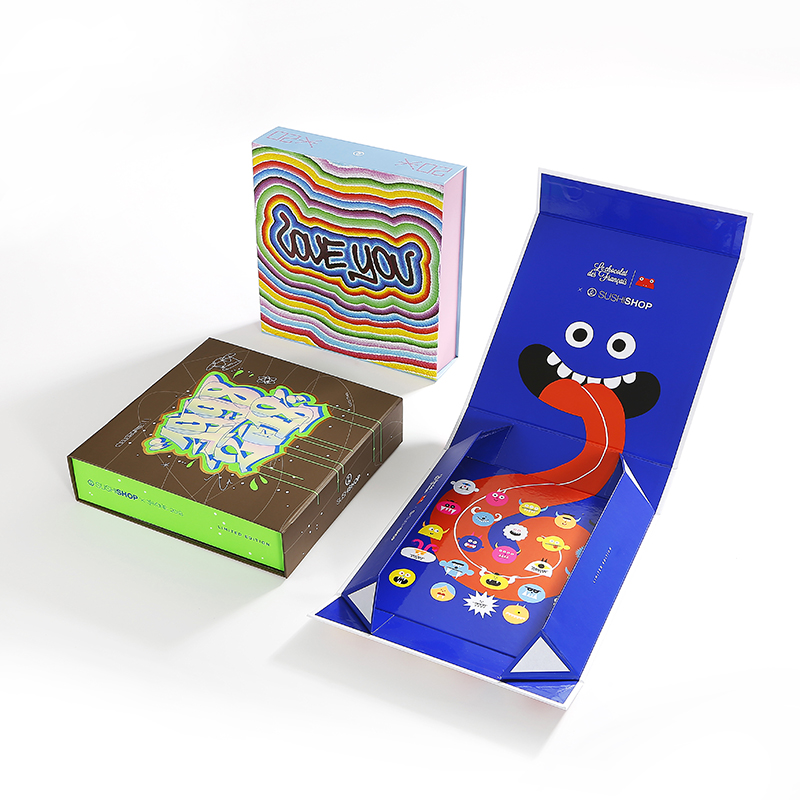Oct. 21, 2022
Sometimes, customers will ask: "Is there any way to make my packaging box look more upscale?" This is a very real question. As a customer, we definitely want our product packaging box to be printed to make people look better. It is high-end and elegant, with eye-catching appearance and unique craftsmanship, so that it can stand out. Then, as a senior cosmetic packaging box printing manufacturer, what suggestions and opinions does RX-packaging have?
After any design document has been printed by the printing machine, other post-press processes are carried out. What post-press processes can make the packaging box more advanced? The following introduces several main post-press processes for customers' reference:

Lamination: After lamination, it can protect the color of the printed matter from fading and smearing, and can enhance the waterproof, moisture-proof and sunscreen of the printed matter. After lamination, there will be no cracks when folded. Laminated spectroscopic film and matte film, also known as bright film: it is a bright surface; after lamination, it is transparent and bright; matte film is a fog-like surface; after lamination, it is matte and matte; glossy film is generally used for digital products For boxes or album covers, although the matte film is not bright, it looks more upscale.
UV: UV is divided into partial UV and overall frosted UV. Partial UV is based on the needs of product glazing. Partial glazing is applied to the parts that need to be highlighted in trademarks and packaging prints. Compared with the surrounding patterns, the glazing pattern is bright, bright, and Strong three-dimensional sense, can produce unique artistic effect. The overall matte UV can make the entire surface have a matte effect and a strong texture.
Hot stamping and hot silver: As the name suggests, it is to hot stamp metal foil (gold or silver) on the printed matter, so that the surface of the printed matter has a metallic texture.
Embossing: This process is to force the graphics or text on the surface of the printed matter, so that the surface has a three-dimensional convex effect.
Flocking: Brush a layer of glue on the surface of the printed matter, and then paste some fluff material to make the surface of the printed matter have a flannel effect.
Embossing: The embossing process is a kind of using a concave and convex mold, which is shaped under a certain pressure. Now many special papers already have some embossing, so you can directly choose similar special paper to achieve the effect of embossing, which is more economical.